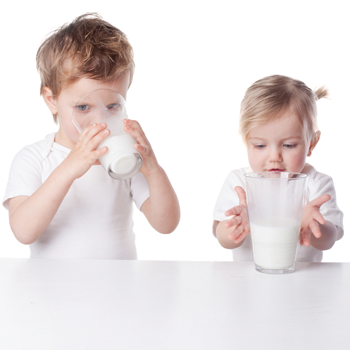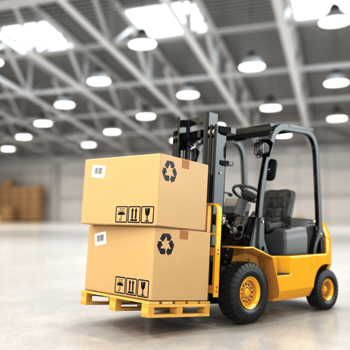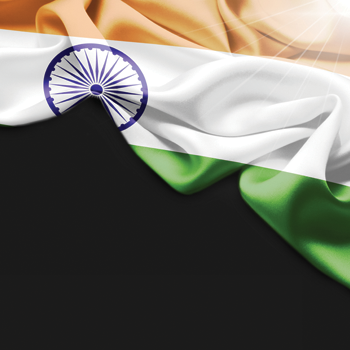ผู้ผลิตอาหารและเครื่องดื่มสามารถตรวจสอบคุณภาพน้ำได้ดีขึ้นได้อย่างไร
การรักษาความปลอดภัยและคุณภาพของน้ำ…ปัจจัยสำคัญสู่ประสิทธิภาพการผลิตสูงสุด
ส่วนประกอบสำคัญของอาหารและเครื่องดื่มส่วนใหญ่คือน้ำ แต่ก็มักถูกมองข้าม น้ำถูกใช้ในหลายส่วนตั้งแต่ทำความสะอาดไปจนถึงการผสมผสานในสูตรอาหารเป็นส่วนประกอบสำคัญ ผู้ผลิตอาจถือว่าน้ำในเขตเทศบาลที่ใช้ในโรงงานนั้นปลอดภัย แต่คุณภาพน้ำล่าสุดจริงๆ อาจไม่ได้เป็นเช่นนั้น
การตรวจสอบคุณภาพน้ำเป็นสิ่งจำเป็นเพื่อกำหนดระดับของสารปนเปื้อนซึ่งอาจส่งผลกระทบต่อผลิตภัณฑ์ และยังถือเป็นการประเมินความเสี่ยงของน้ำที่อาจจะส่งผลกระทบต่อการผลิตในขั้นตอนใดขั้นตอนหนึ่งด้วย น้ำที่มีคุณภาพต่ำอาจทำให้เกิดรสชาติที่ไม่สม่ำเสมอในอาหารและเครื่องดื่ม และอาจก่อให้เกิดความเสียหายต่ออุปกรณ์ เครื่องมือ เครื่องจักร นอกจากนี้ น้ำที่ปล่อยออกจากโรงงานก็จำเป็นต้องมีมาตรฐานน้ำทิ้งที่เป็นไปตามข้อกำหนดด้านการปลดปล่อยของเสียที่กำหนดโดยหน่วยงานที่กำกับดูแลโดยเฉพาะ ดังนั้นการตรวจสอบและบำบัดน้ำของโรงงานในช่วงระยะเวลาของการใช้ควรได้รับการพิจารณาอย่างรอบคอบเนื่องจากอาจส่งผลกระทบต่อทุกด้านของกระบวนการผลิตรวมถึงความน่าเชื่อถือของตราสินค้า
ทำไมคุณภาพน้ำจึงมีความสำคัญ?
คงไม่มีอะไรที่แพร่กระจายไปทั่วกระบวนการผลิตในอาหารและเครื่องดื่มได้มากกว่าน้ำ โรงเบียร์รู้ถึงความสำคัญของคุณภาพน้ำเป็นอย่างดี ซึ่งน้ำเป็นส่วนประกอบหลักในส่วนผสม และแม้ว่าจะไม่ได้ใช้เป็นส่วนประกอบ แต่โรงงานส่วนใหญ่ต้องพึ่งพาน้ำเพื่อการทำความสะอาดและฆ่าเชื้อหรือใช้เพื่อสร้างความร้อน
foodengineeringmag.com
A key component of most food and beverage processing is water, yet it is often overlooked. Water is used in many parts of the facility, from cleaning to its incorporation in recipes as an essential ingredient. Processors might assume the municipal water used in the plant arrives safely, but recent water quality scares.
Monitoring water quality is necessary to determine impurity levels that could impact the plant’s end product, and if the water is posing any risks to the operations. Depending on its use, low-quality water can potentially produce off-tastes and inconsistencies in food and beverage products to causing equipment damage. Once used, the water leaving the plant must meet discharge limits set by regulatory bodies. Thus, the monitoring and treatment of a plant’s water for its duration of use should be carefully considered, as it can affect all aspects of the processing operations, including brand integrity.
Why water quality matters?
There might not be anything more ubiquitously used in food and beverage processing than water. Breweries already know the importance of water quality, where it is the main component in a short list of ingredients. Even if it isn’t used as an ingredient, most plants heavily rely on water for cleaning and sanitizing or use it for generating steam.









